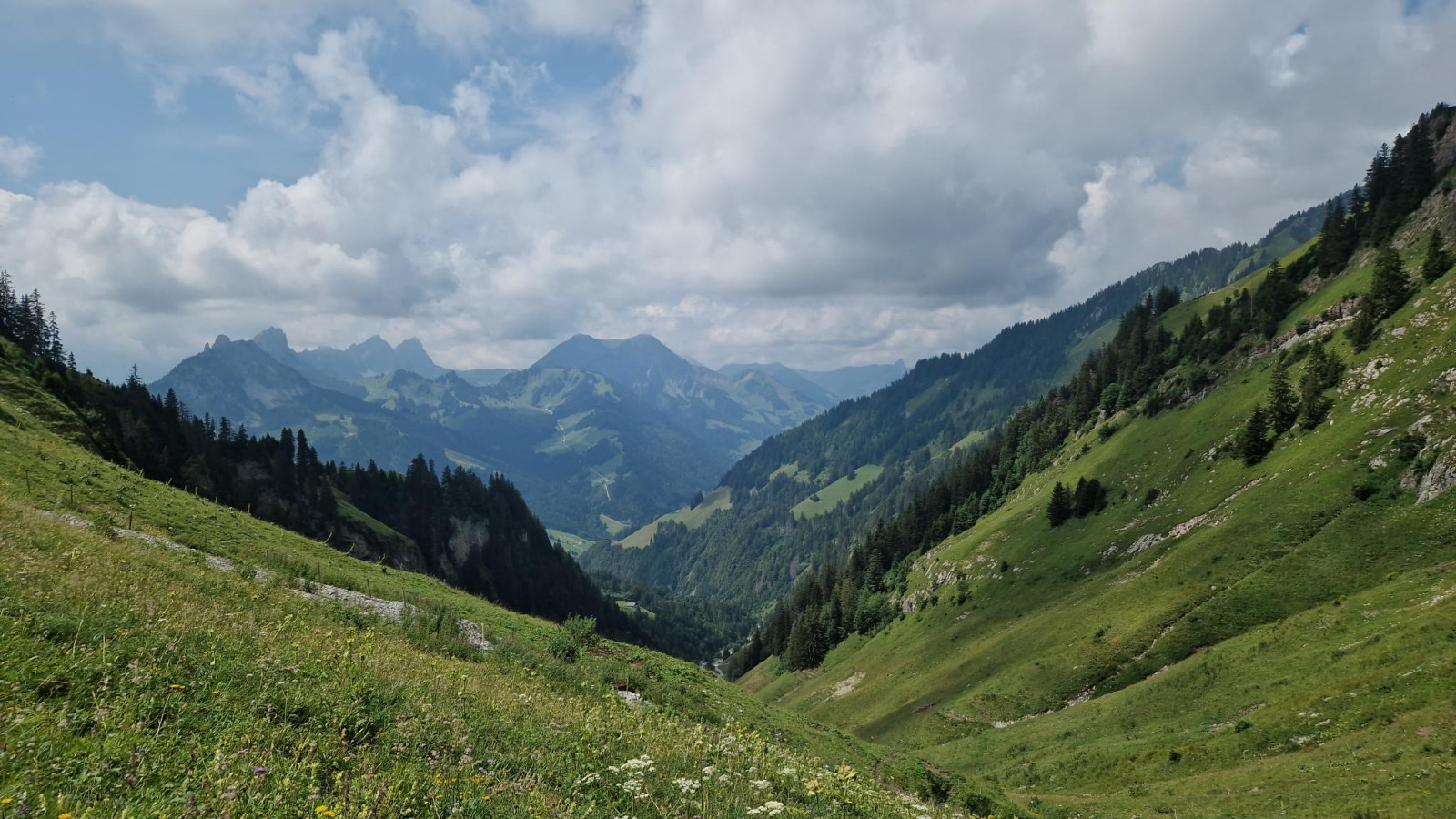Opis
sęp płowy have been regularly observed in the Swiss Alps for a few years now. These are animals from the breeding areas in Spain and France that are not yet ready to mate and move to Switzerland during the breeding season. They can be reliably observed on the Schafberg in summer. The sęp kasztanowaty, which is very rare in Switzerland, is also regularly found among them.
Typical Alpine birds such as the drozd obrożny and osetnik, pardwa górska, czeczotka brazowa, cietrzew, and piegża can be found on the way up. The orzeł przedni is regularly observed, and more rarely a gadożer can be seen foraging. The nagórnik breeds in the area. Trzmielojad, świergotek łąkowy, siwerniak, and głuszek are also native.
Szczegóły
Dostęp
You have to earn your observations: The area can only be reached after a three- to four-hour, steep climb. There are three access points. The first leads from Jaun via the Müncheberg. It is strenuous and not very attractive due to the recent increase in agricultural use. (The route via the Euschelspass may be more attractive).
The second leads from Boltigen via Schwarzenmatt and Chlus to Walop. After an ascent to Underi Luchere, vultures can be observed on the Schafberg. The trail is particularly attractive if other species are also to be observed, such as the osetnik .
The third trail leads from Schwarzsee via the Riggisalp to the Kaisereggpass. For me, it is the most scenic and leads directly to the area from where the vultures can best be observed.
Teren i siedlisko
GóryWarunki
Górzysty , Brak cienia , Skalisty , SuchyTrasa dookoła
NieCzy luneta będzie przydatna ?
Może być przydatnaUdany sezon obserwacyjny
LatoNajlepszy czas na wizytę
LatoTrasa
Droga nieutwardzona , Wąski szlakPoziom trudności szlaku pieszego
ForsownyDostępne
PieszoCzatownia/platforma obserwacyjna
NieDodatkowe informacje
After several visits to the area, I can recommend the route to the Kaiseregg Pass the most. From the ridge you have a good view of the mountain basin. The vultures usually rest on the Rotechaste or Schafsberg to the south. If you wait a while, you have an excellent chance of seeing the spectacular animals gliding past a few metres above or next to you. It is also possible to descend into the Walop and descend on the other side towards Boltigen. As the ascent is in summer and there is hardly any shade at the top, it is advisable to take plenty of water, long clothes and sun cream with you. The white and blue marked paths along the ridge are only suitable for experienced mountaineers with good equipment.

